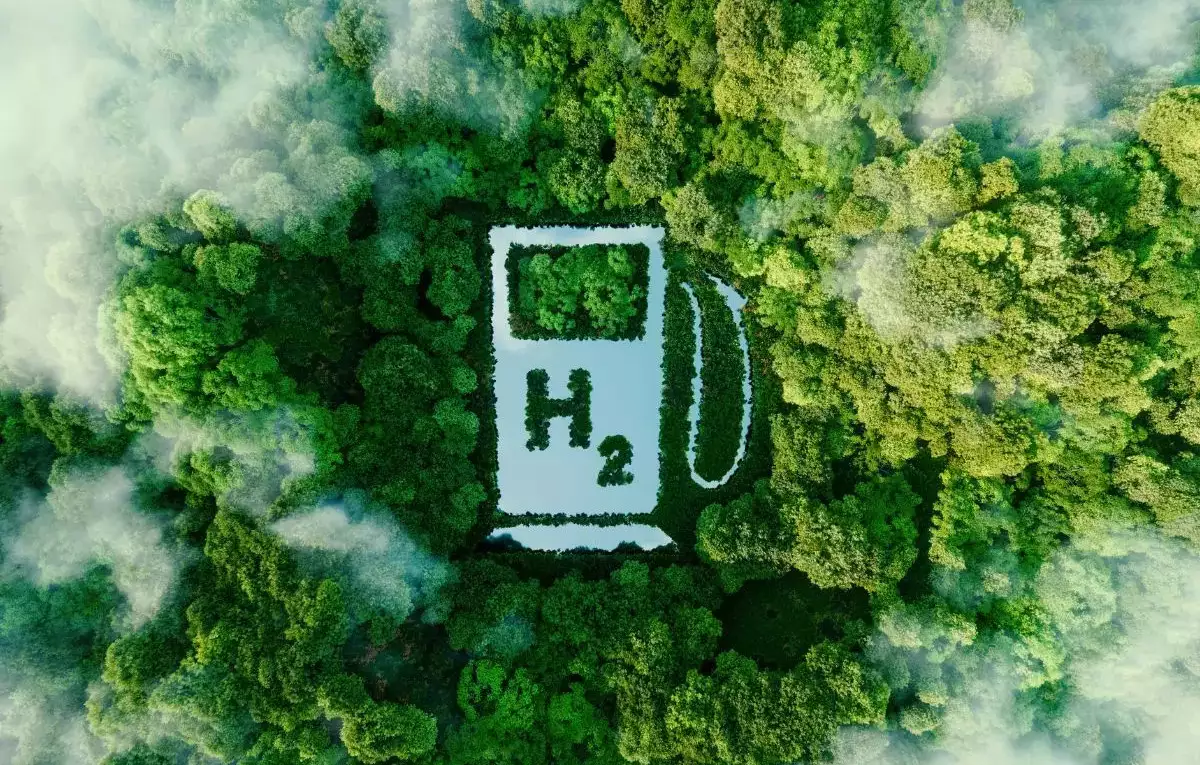In Short : An Australian solar-to-methanol project has secured a €24 million grant, with half of the funding coming from Germany. This financial support highlights the global interest and collaboration in advancing projects related to hydrogen production. The subsidy emphasizes the importance of renewable hydrogen initiatives in achieving sustainable and low-carbon energy solutions, showcasing international cooperation in promoting cleaner technologies.
In Detail : Plant would be co-located with planned concentrated solar thermal power installation with methanol marketed in Australia
The German government has granted millions of euros of funding to a 10MW Australian electrolyser project that aims to demonstrate that green hydrogen-derived methanol can be produced from solar power.
The proposed “SM1” green methanol plant in Port Augusta, South Australia has secured a €24.3m ($26.1m) grant, with over half coming from Berlin.
The 10MW project is being developed by Hamburg-based energy company Mabanaft and Australian renewables developer Vast, which specialises in concentrated solar thermal power (CSP) plants.
The duo want to produce 7,500 tonnes of green methanol per year at the demonstration plant, which is slated for operation in 2027 pending a final investment decision.
In total, the German government is providing €12.4m, via a public-private funding vehicle known as Projektträger Jülich, which is part of the Jülich research institute in Germany, while the Australian government is supplying €11.9m.
CSP plants use mirrors and lenses to maximise the energy harvested from the sun and convert it into heat and electricity.
SM1 will be co-located with Vast’s first utility-scale project, the proposed 30MW “VS1” CSP scheme in Port Augusta, which is itself backed by up to A$175m (US$ 114m) in federal Australian government funding.
Groundbreaking on the CSP plant is expected this year, according to Vast’s website.
Green methanol, or e-methanol, is typically made by making hydrogen from renewable power, then combining it with carbon dioxide — biogenic if it is to meet the EU’s standards for green methanol.
The methanol produced at SM1 would be marketed in Australia, Mabanaft told Hydrogen Insight.
“The green methanol…has the potential to be used as a replacement for existing methanol requirements in the chemical sector, as well as a fuel in industrial applications,” a spokesperson said. “There is also strong interest from the shipping industry, where methanol is currently a leading fuel to help that sector decarbonise. The shipping industry is the consortium’s preferred offtake partner given the strong growth expected in this sector.”
If the plant is successful the co-developers say they will consider setting up similar plants in Europe, even though there is not the same abundance of renewable energy in the bloc as there is in Australia.
“This is a significant milestone for Vast and for green fuel production globally,” said Craig Wood, CEO of Vast said. “Solar methanol produced at plants like SM1 has the potential to make a huge difference to the transport sector as it urgently looks at ways to decarbonise its fuels.”
The funding is being delivered as part of the HyGate German-Australian green hydrogen partnership, which has also granted A$14.9m ($9.7m) to Australian start-up Hysata to deploy its high-efficiency electrolysers.

